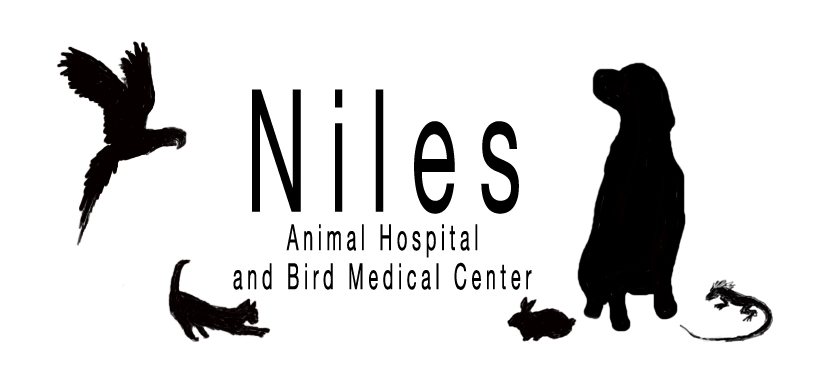Educational Articles
-
It is important to understand the unique nutritional needs of performance dogs. Their success depends upon a combination of genetics, training, and nutrition. It is important to match the nutrient profile to the individual dog and the activity. Your veterinarian can assist you in making optimal nutritional choices for your canine athlete.
-
Bladder stones can be a significant problem for dogs. Bladder stones set the stage for chronic urinary tract infection, and some bladder stones (struvites) grow more quickly if the dog already has a urinary tract infection. Diet selection can play a role, and it is important to follow your veterinarian’s recommendations to prevent recurrence.
-
Nystatin combinations (brand names Panalog®, Cortalone®, Animax®, Derma-vet®, Quadritop®, Dermalog®, Dermalone®, EnteDerm®, Resortin®) are applied topically to the skin and are used on and off label to treat skin lesions in cats, dogs, and other mammals.
-
Nystatin, neomycin sulfate, thiostrepton, and triamcinolone topical/otic (brand names Animax®, Dermalog®, Panalog®, Quadritop®) is a combination antimicrobial (neomycin, thiostrepton), antifungal (nystatin), and steroid (triamcinolone) medication used to treat infections and inflammation of the skin, ears, and anal glands in cats and dogs. It may be used “off label” or “extra label” in other animals or conditions. This medication comes in ointment form.
-
Nystatin is an antifungal, given by mouth in the form of a tablet or liquid suspension, and used off label to treat Candida fungal infections in dogs, cats, birds, and reptiles. Side effects are rare, but at high doses, it could cause stomach upset or mouth irritation. It should not be used in pets that are allergic to it.
-
Obesity is a major problem in older birds on seed-based diets and can contribute to diseases such as arteriosclerosis, atherosclerosis (fat deposits in major arteries), and fatty liver disease (hepatic lipidosis). Unlike their wild counterparts, pet birds are not given as much opportunity for daily exercise. Pet birds often burn off very few calories in their daily lives. Switching a bird from an all-seed diet to a more suitable diet consisting mainly of pellets, with smaller amounts of fresh vegetables and fruit, will decrease its overall daily intake of calories.
-
In North America, obesity is the most common preventable disease in cats. Just over 60% of domestic cats are overweight. Scientific evidence now shows that fat tissue is not benign; it actively secretes inflammatory hormones and creates oxidative stress, both of which contribute to increased risks for several diseases, as well as a decreased quality of life. Treating obesity as a chronic, inflammatory condition means regular veterinary assessments and strict attention to portion control.
-
In North America, obesity is the most common preventable disease in dogs. Almost 60% of domestic dogs are overweight. Scientific evidence now shows that fat tissue is not benign; it actively secretes inflammatory hormones and creates oxidative stress, both of which contribute to increased risks for several diseases, as well as a decreased quality of life. Treating obesity as a chronic, inflammatory condition means regular veterinary assessments and strict attention to portion control.
-
If your cat has a complicated condition or is not getting well, you may want to seek a specialist referral or a second opinion. Your veterinarian will likely help you get this set up as they want what is best for your pet. You will likely need to travel in many situations for a specialty referral.
-
If your dog has a complicated condition or is not getting well, you may want to seek a specialist referral or a second opinion. Your veterinarian will likely help you get this set up as they want what is best for your pet. You will likely need to travel in many situations for a specialty referral.

